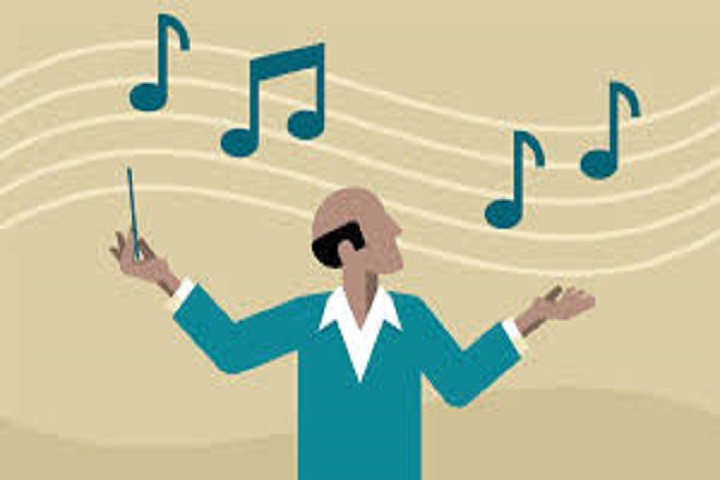Introduction
Most of us have heard of music theory. Some of us are immediately excited by the sense that it is foreign to us and by the idea that there is, somewhere, a body of knowledge that will make us better players, that will make us play like our heroes. We may even be excited by the idea of spending long hours studying music, learning names and concepts, working to apply those things to our music.
Becoming masters, not just of our instruments but of the fields of sound that they produce. But we may also not be so excited. Music theory may seem miles away — difficult, burdensome, time-consuming. We may feel as though we don’t want to spend years of our life learning things that may or may not turn us into the sorts of musicians we want to be.
We may have the sense that music theory is for the scholars, for the students at Universities, for the jazz heads, and not for us. Not for plain musicians who just want to bleed ourselves a little from our instruments. It may even seem as though understanding theory will be counterproductive, since it seems like it will turn something expressive, something visceral, into something plainly understandable. Something we can analyze and explain.
Whatever your attitude toward theory is this book is meant to say that you will greatly benefit from learning the fundamental concepts of harmony, melody, and rhythm. Far from leeching your affective creativity, learning to think about music gives you a place to depart from, a space in which to work. It amplifies your expressive potential in just the same way that knowing something about how to make food amplifies a good meal — when you know what to look for and you are familiar in general with the aesthetic space that you’re working in, that space is richer and deeper.
Period. And that is what theory is. Above all, it is a body of ideas that helps familiarize you with the aesthetic space of music. It doesn’t tell you what you must do, it only hones your ear and your hands so that you can better discover what you want to do. The theory is harmony, melody, and rhythm — the fundamental structures of sound that make it possible for that sound to be organized musically. And it will make you a better player.
Conclusion:
The aim of this book is to help you learn music theory in a structured way that is easy to follow and understand. Music theory is universal and applies to all instruments. Since the piano is a music theory heavily oriented instrument (one can play as much as 10 notes simultaneously) all key concepts are usually best explained on a piano keyboard — which I will do whenever there is something important to demonstrate visually.
So don’t worry if you’re not a piano player, you’ll see just how applicable music theory is on any instrument and why it is an essential means of communication between all kinds of musicians.
 TRUTHREVIEWERS
TRUTHREVIEWERS




